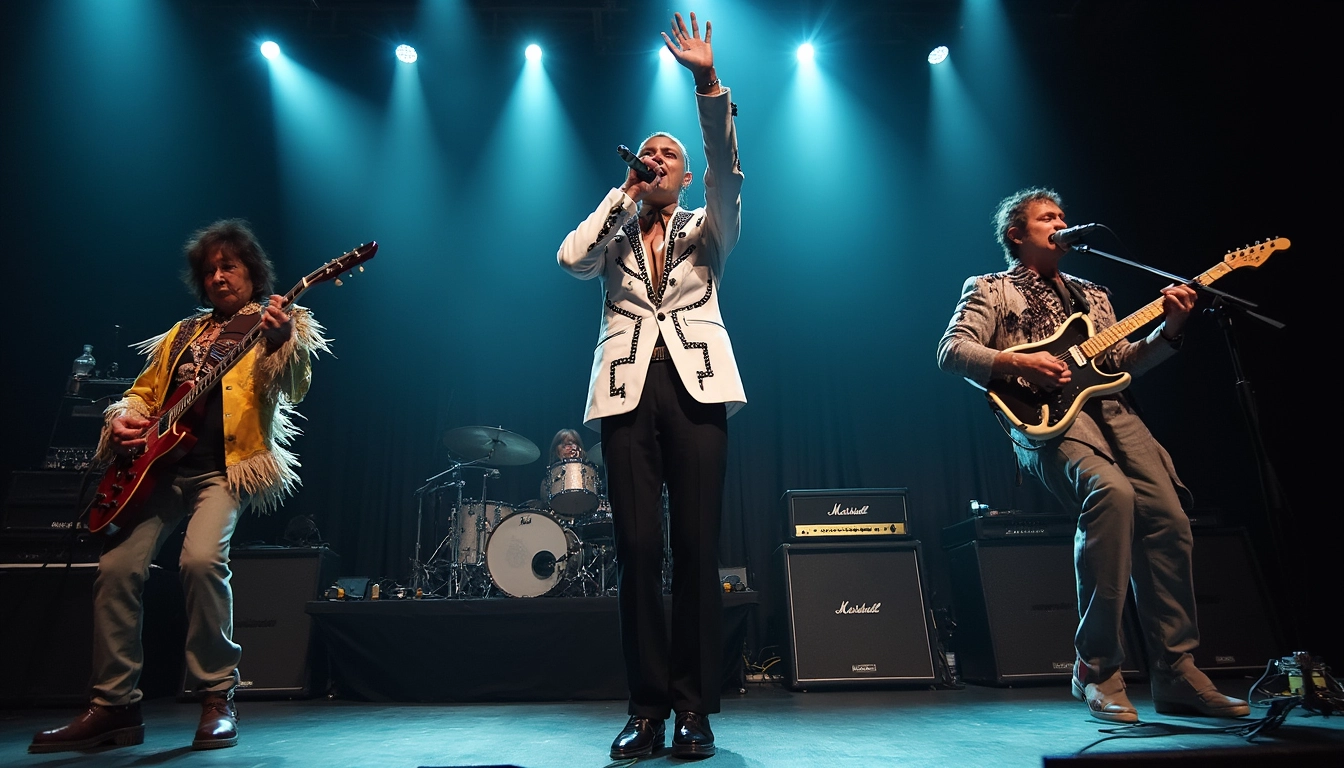If you’ve put hours into planning an incredible concert or live event only to hear crickets online, you’re not alone. Low audience engagement before an event is a frustrating and confusing problem. Why aren’t people reacting to your posts, opening your emails, or showing excitement for something you know will be great?
The reality is, audience engagement doesn’t just happen—you have to create the conditions for it. And if you’re only promoting your event with a few flyers or last-minute posts, you’re likely missing key opportunities to build anticipation and drive early interaction.
Here are the top reasons your audience might not be engaging with your event—and how understanding them is the first step to turning things around.
1. Lack of Early Communication and Buzz

If people don’t know it’s happening, how can they get excited about it?
One of the most common issues behind poor engagement is that promotion starts too late. You can’t expect people to care about your event if they haven’t had time to discover it, talk about it, or fit it into their schedules.
When you wait until the last few weeks to post online or send out an email, it can feel like noise. People scroll past it, assuming they’ll hear about it later—or worse, they forget about it altogether. Early communication builds visibility, and repeated exposure builds trust.
Example:
Imagine you’re organizing a local music festival. If you announce it two months out with one post and no follow-up, your audience won’t have time to engage. But if you tease the event six months in advance, post behind-the-scenes content, and gradually reveal details, your audience starts feeling connected—and invested.
Curious on other strategies to increase your event’s visibility online? Read more on how to make your event stand out.
2. Not Using Channels Your Audience Follows

Your fans are online —you just might not be where they are.
Even with consistent promotion, if you’re not using the right platforms, your message won’t land. Too many organizers focus solely on Instagram or Facebook without checking whether their target audience actually uses those platforms to discover events.
Think about your event demographic. Are they young concert-goers glued to TikTok? Are they professionals who respond better to email newsletters? Or are they local fans who rely on community radio and posters?
You need to match your message to the medium. That means testing different platforms, using insights from past events, and adapting based on what performs best.
Example:
Say you’re promoting a jazz night aimed at 40+ music lovers, but all your content is on TikTok. The audience you want to reach probably isn’t there—and if they are, they may not be looking for event updates. Instead, consider email campaigns, radio mentions, or even direct outreach through local community partners.
Learn which platforms actually drive ticket sales and how to use them effectively. Explore the best marketing channels for your next concert.
3. No Clear Value in Engaging Early

Why should I care… now?
In many cases, people don’t engage with your event because they don’t see why they should do it now instead of later. If your content only says “Tickets on sale!” or “Join us!” without offering a reason to take action, people delay—or ignore it altogether.
You need to create incentives for early interaction. That could be early-bird prices, exclusive updates, or limited-time access to a VIP list. When there’s value in acting early, people engage earlier.
Example:
Imagine you post about your concert with a “Buy Tickets Now” link, but the event is still three months away. Most people will scroll by. But if you say, “Only 100 early-bird tickets available—save $15,” they’ll see a benefit to acting right away.
4. You’re Promoting an Event—But Not Building a Connection
If your event feels distant, your audience will scroll past it.
Engagement starts with emotion and authenticity.
Many concert promoters fall into the trap of pushing out ads and ticket links, hoping that volume alone will drive excitement. But modern audiences are savvy. They don’t just want information—they want to feel something. If your promotions lack emotional connection or authenticity, people simply won’t engage.
A cold, generic post like “Tickets on sale now!” might deliver a message, but it doesn’t inspire action. In contrast, content that tells a story, highlights human moments, or invites real interaction will create a stronger bond between the audience and your event.
This goes beyond just naming your headliner. Show why this concert matters. Why now? Why should they care? Is this artist making a comeback? Is the event raising money for something meaningful? Is there a local angle that fans will relate to?
People don’t just want to attend—they want to feel like they’re part of something. Your job is to give them a reason to care.
Example:
Instead of a static graphic that says “Live Music Saturday – Buy Tickets,” imagine this post:
“Two years ago, Emma walked off stage uncertain if she’d ever sing again. On June 14, she returns—stronger, louder, and ready to share the mic with YOU.”
This kind of content doesn’t just promote—it invites your audience into a story.
And connection doesn’t end with storytelling. It thrives on interaction. Social media isn’t a billboard—it’s a two-way conversation. If you’re only posting announcements and prices, you’re missing the chance to invite feedback, spark excitement, or let fans feel heard.
Try asking simple questions:
- “Which song should Emma open with?”
- “What’s your dream venue in [your city]?”
- “Tag who you’re bringing to this show!”
These light touches get your audience involved—and that involvement leads to loyalty, sharing, and ultimately, more ticket sales.
Wrapping It Up: Start the Conversation Early
Low engagement doesn’t mean people don’t care—it often means they haven’t been given a reason to care yet. From starting earlier and using the right channels to offering real value and connection, small shifts in how you promote can lead to massive increases in attention, shares, and—ultimately—ticket sales.
You don’t need to shout louder. You need to connect smarter.
Want to learn how to fix these issues and build real excitement for your event? Read: How to Build Pre-Event Engagement That Boosts Attendance and Hype. Discover a full strategy for turning passive followers into excited attendees.







